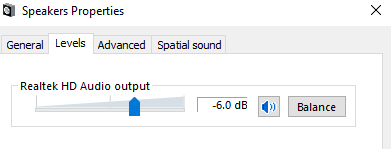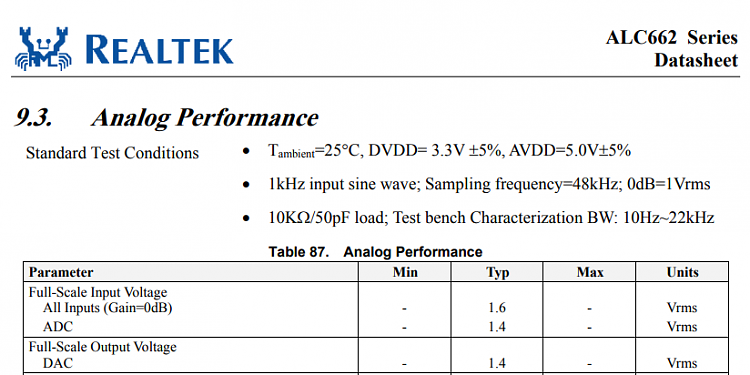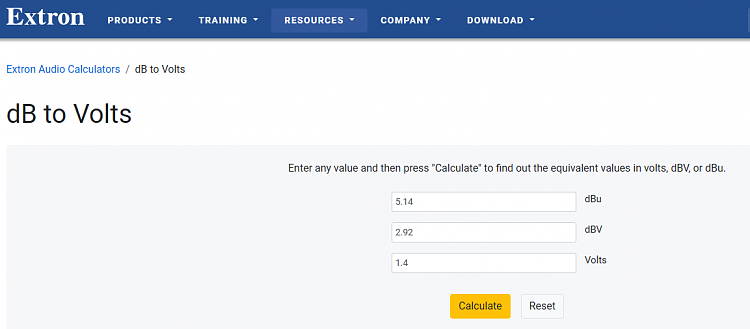New
#1
output volume
It's for a long time I'm looking for a tool that can do this :
I'd like to know what the general output volume is set to, but not the volume percentage that is set, but the ACTUAL volume that is being sent to the output devices. Sort of like measuring the decibels next to your output devices itself, but something that can do similar from Windows itself.
And, preferably command line controlled.
Is that even possible ?






